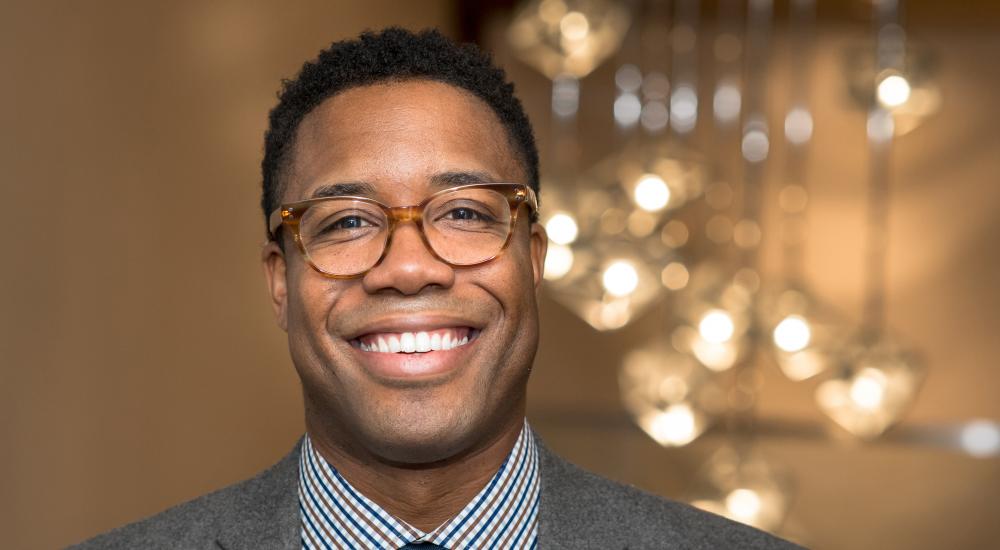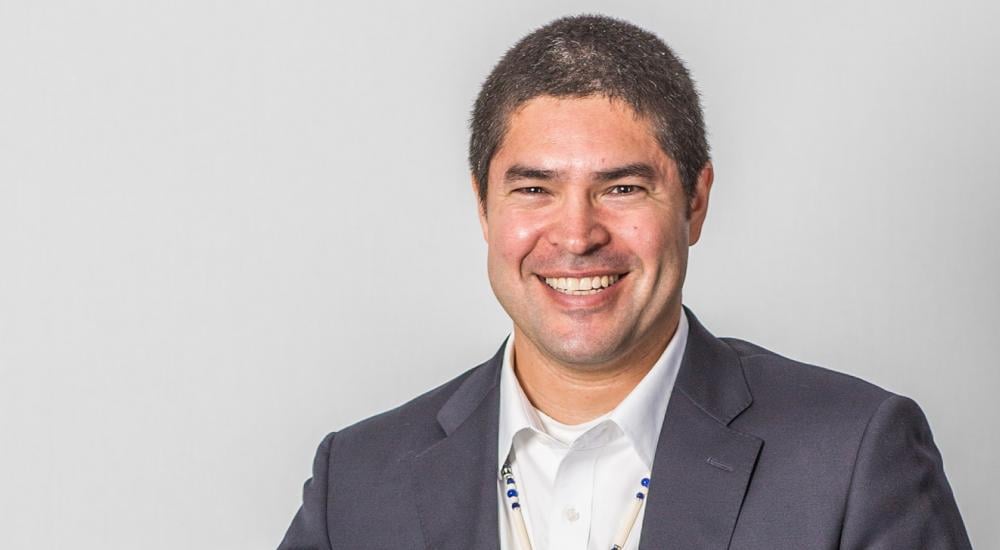Putting the “Social” in Social Justice

There is growing momentum in international education around advancing social justice, and these issues are rightly at the forefront of the important discussions happening across the field. Longtime NAFSA member LaNitra Berger, PhD, edited the book on it: Social Justice and International Education.
Berger currently serves as the president of NAFSA’s Board of Directors. She is also the senior director of fellowships in the Office of Undergraduate Education at George Mason University. Throughout her career, she has worked to help underrepresented students gain access to transformational education abroad opportunities and careers in public service.
Here, Berger discusses how advancing social justice in international education became a passion of hers, changes she’s seen in the field over the course of her career, the role international students play in the dialogue around racism, and big and small ways to advance social justice in international education—from daily work on campuses to an overarching national strategy.
Then, Berger answers questions from attendees at NAFSA’s recent Summit for Diversity and Internationalization, and she shares more with us about the intersection of art history and international education.
Listen to this interview on the February 2022 episode of the International Educator podcast.
The book Social Justice and International Education doesn’t operate on one singular definition of social justice. Instead, each chapter author describes their own definition and how that definition has guided their work. Can you tell us about your own definition of social justice, especially in the context of international education?
There














